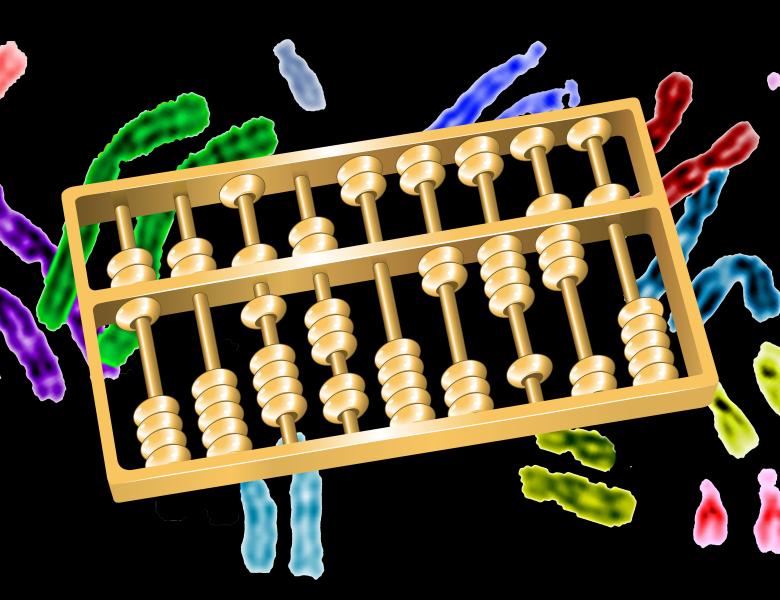
Abstract
When we study gene regulation, majority of computational models developed historically, ignore the spatial position of genes, as we had almost no information on chromosome structure in living cells at the resolution required for gene expression regulation models. In recent years, several different experimental procedures based on chromosome conformation capture have been developed to probe the contacts between chromosome and combined with next-generation sequencing, they gave us unprecedented insight into the relative distances between various parts of chromosomes in different cell types. From the computational point of view, the chromosome contact matrices pose multiple challenges and interesting problems: from data normalization and statistical testing of contact significance to the more complicated questions regarding the modular structure of regulatory domains. I will talk about two computational approaches: SHERPA (Simple HEuRistic Pearson Aggregation) and OPPA (Optimal PCA-like Pearson Aggegation) that aim at finding the optimal division of chromosomes into hierarchical domain structure and I will give examples where we can see that such approach gives better results than classical division into flat topological domain structure.


